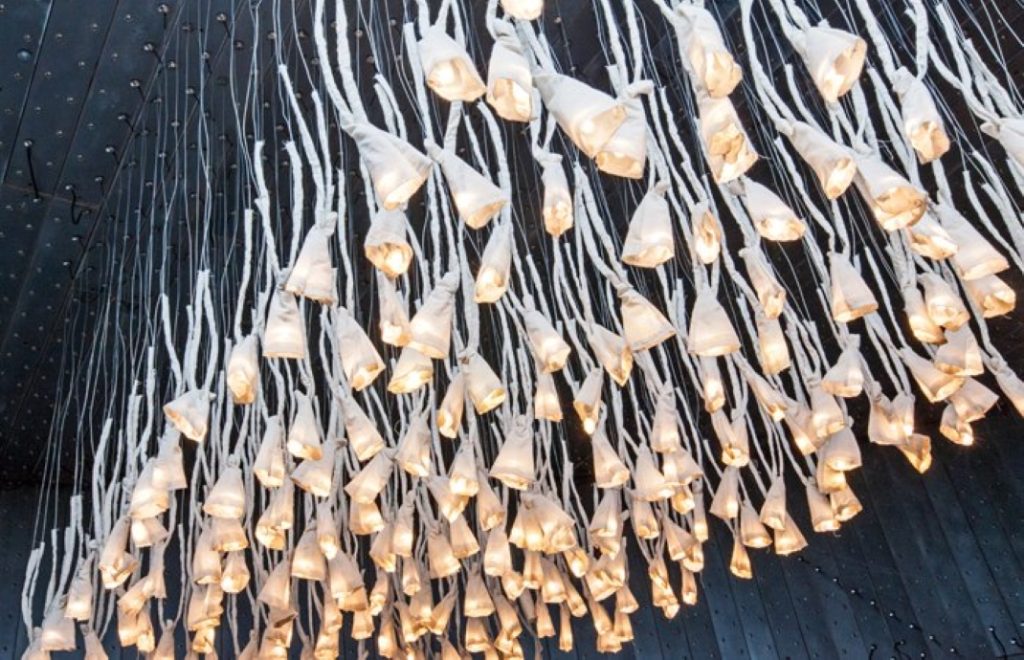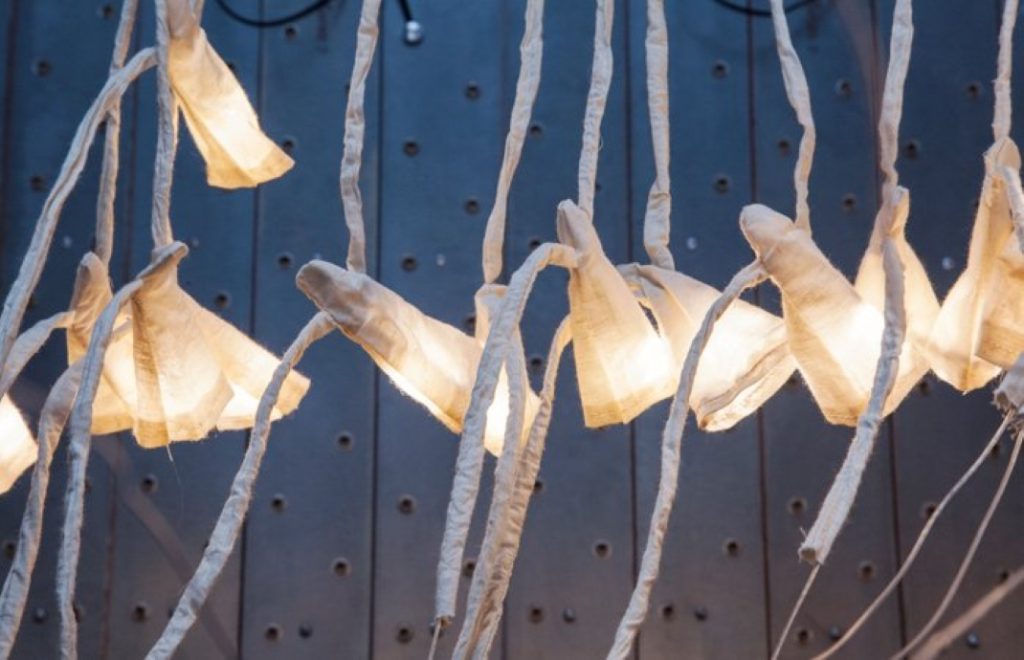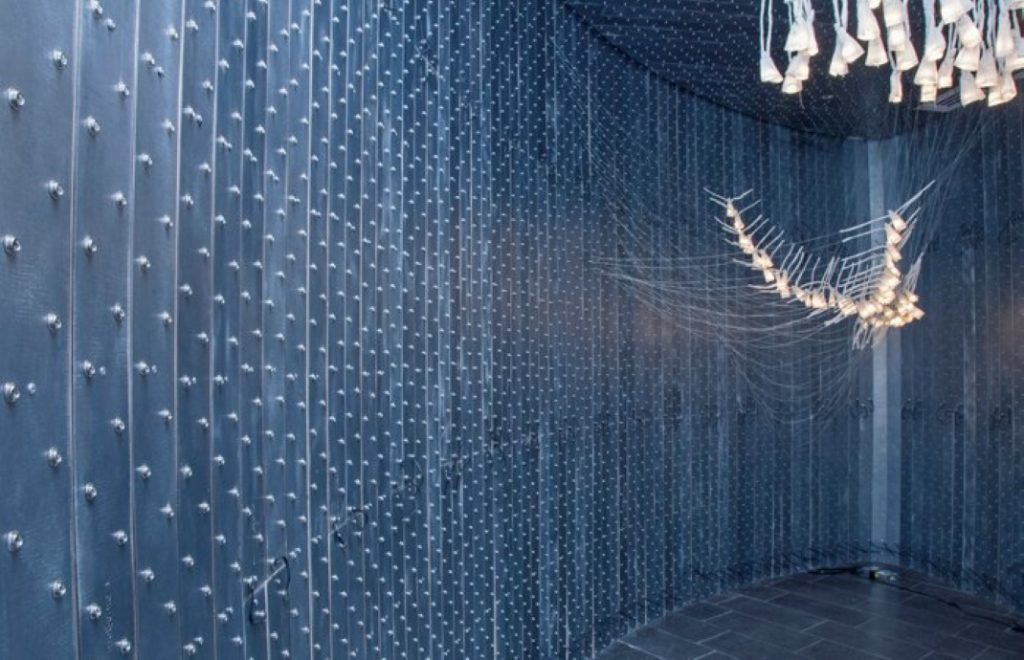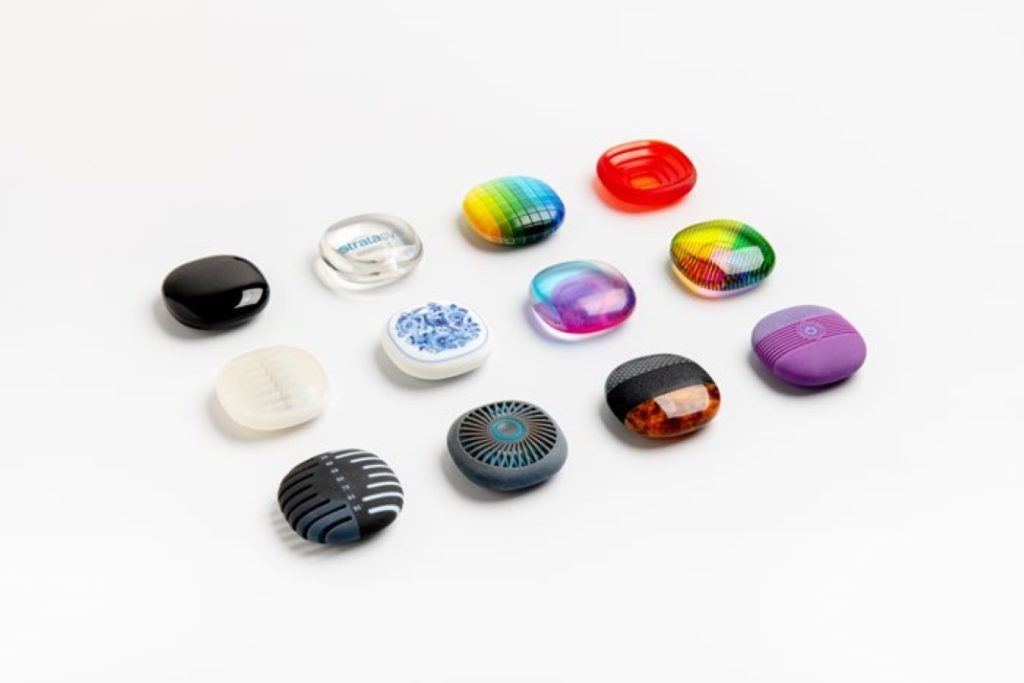They won a highly regarded international award, they are represented by a prestigious gallery in Milan, they attracted considerable attention at the recent contemporary art fair Fresh Paint, and now they are showing at Design Museum Holon. Magenta Studio sums up the past year.
It all began with a need. Ronen Bavly needed to build a lighting fixture over his daughter’s bed. He started playing with soft materials. This need joined Ronen’s constant search for new materials and unusual connectors, products from old factories that are gradually vanishing from the world. Then Magenta Studio was approached by Fresh Paint. Following the preliminary exhibition, and an exhibition in the fair’s central space last year, the members of Magenta Studio decided that this time they would build a non-commercial installation engaging with a subject that has preoccupied them for a long time at the studio – low-voltage electricity conducted through the lighting elements themselves. When the metal snaps Ronen found in one of the factories he regularly explores, arrived, it was clear to them all that they had found their “major player”.
The result is a light space made from electricity-conducting metal sheets, dotted in a repetitive pattern of metal snaps, suspended from which are clusters of soft fabric lamps that seem to be huddling together to strengthen and intensify their power.
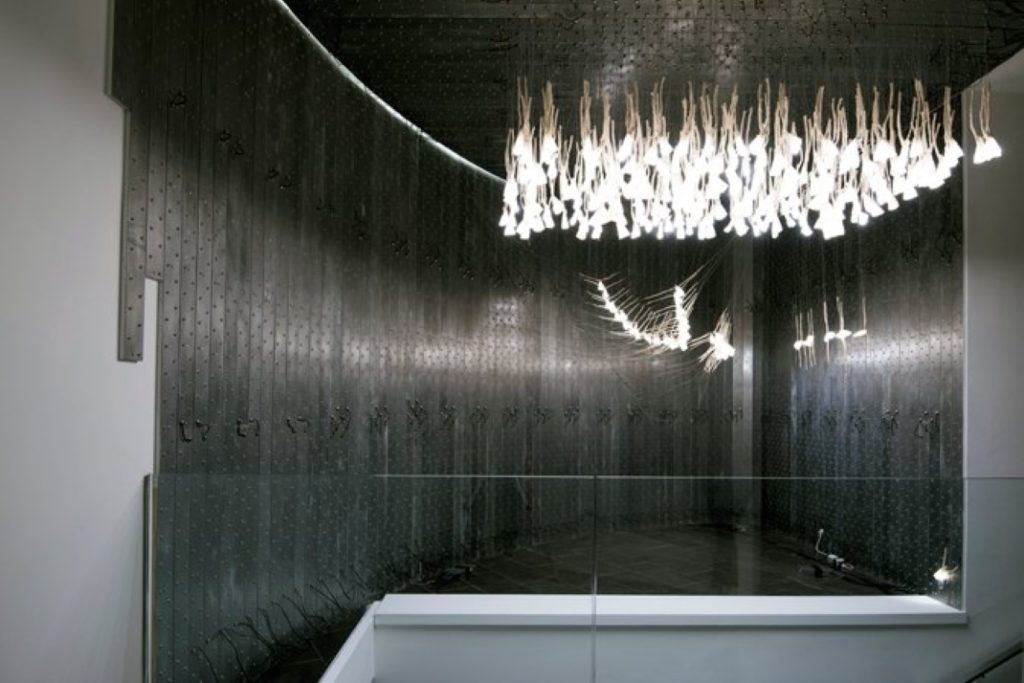
“During the thought process in the studio we thought a lot about the nature of a herd or a flock, we also thought about movement, and we realized that multiplicity becomes a pattern, and arouses a feeling that the installation is human”, says Ronen. “And like all things human, randomness plays a central role here”, adds Ornit Arnon. “When we set up the installation in the Museum, one of the lamps fell off and created a new composition, so we decided to let it lead the movement and assembled the others around it”.
It transpires that this engagement with multiplicity and patterns is not new to Ronen Bavly. He employed multiplicity and viewer participation in the visualization course (led by legendary teacher, the late Milka Cizik) during his second year at Bezalel, but in this case, with fried eggs. “Milka turned up for our first lesson dressed like a homeless person”, he recounts. “We didn’t even know she was a lecturer until she revealed herself, and said that from now on every week she expects one of the students to surprise everyone else. There were 500 fried eggs in that installation. At the door we gave the students lapel pins in the shape of an egg, and they were all sure they were coming to breakfast. When they came in they saw someone standing and frying an egg, and decided to cooperate and continue the trail of eggs. It’s only in the past few days that I’m seeing the connection between that project and this installation”.
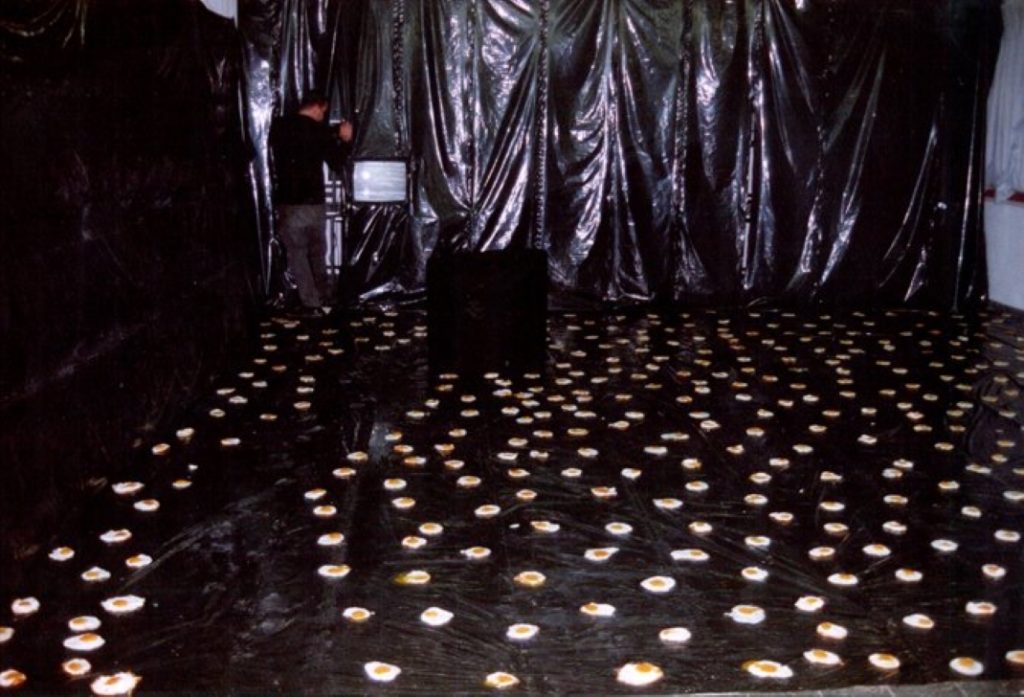
However, what began with a fried egg and concludes, for the time being, with a light installation at Design Museum Holon, is only part of Magenta Studio’s work, one of the thought-provoking branching paths that enable the members of the studio to design independently of external dictates. Alongside their main work with fashion label Castro (they build all the metal furniture for all their stores worldwide), in recent years the members of the studio have also shown their work in exhibitions such as “The Autonomists” at Periscope Gallery, won international awards, such as the Lexus Design Award in 2014 for the Crane bookshelves designed by Ronen Bavly and Ornit Arnon, and other international awards for their Didi lamp. Five Magenta Studio designs are currently showing at the prestigious Dilmos Gallery in Milan, and they are continuing to plan and explore new forms and creative facets of display.
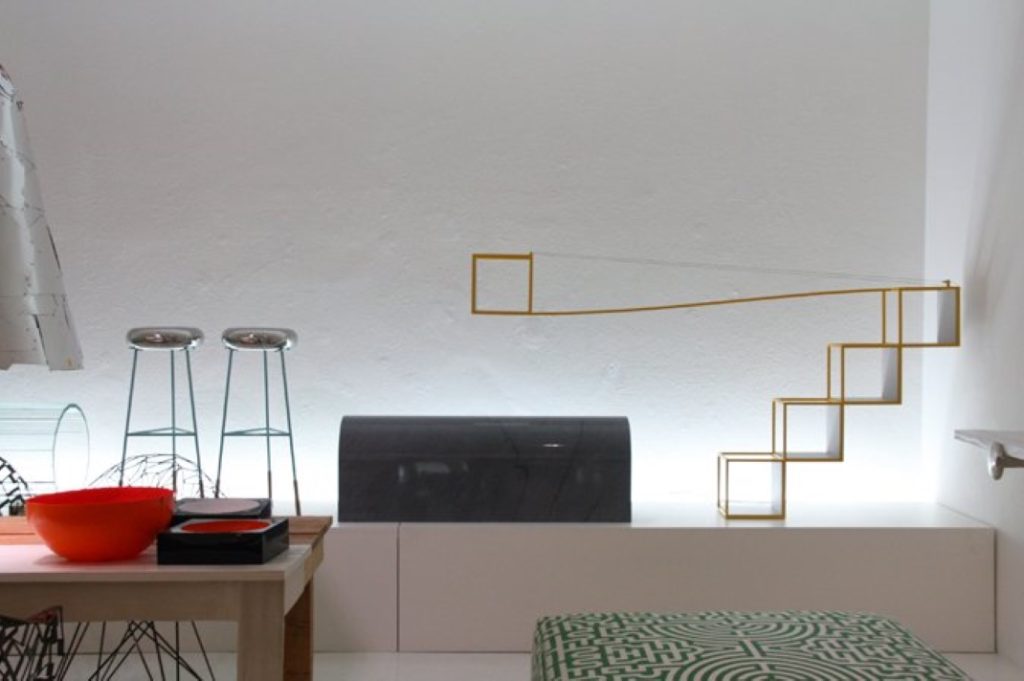
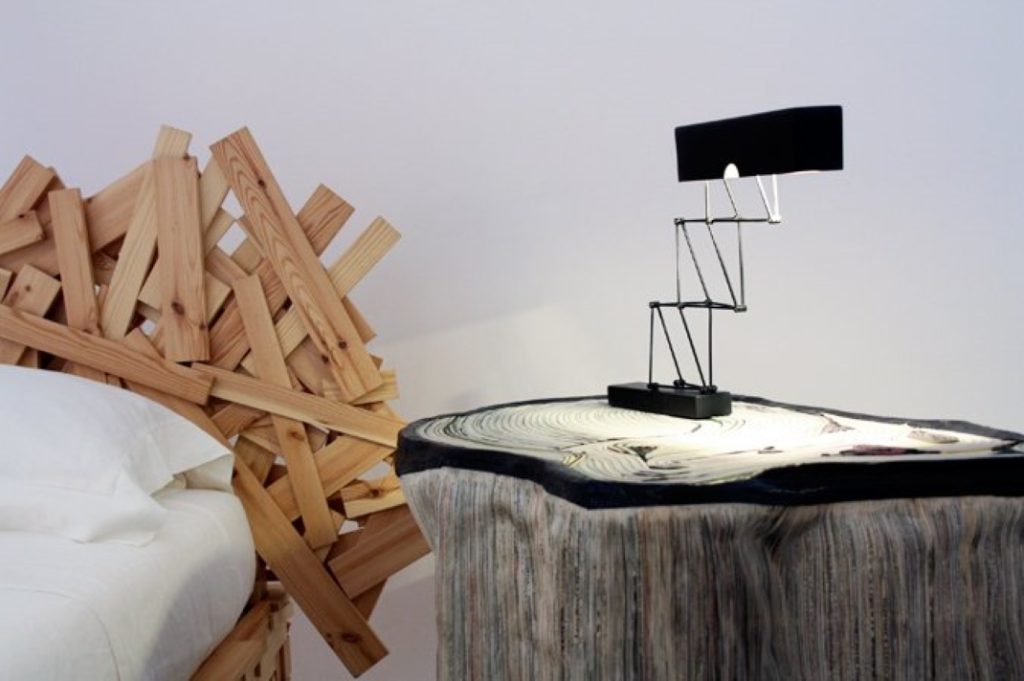
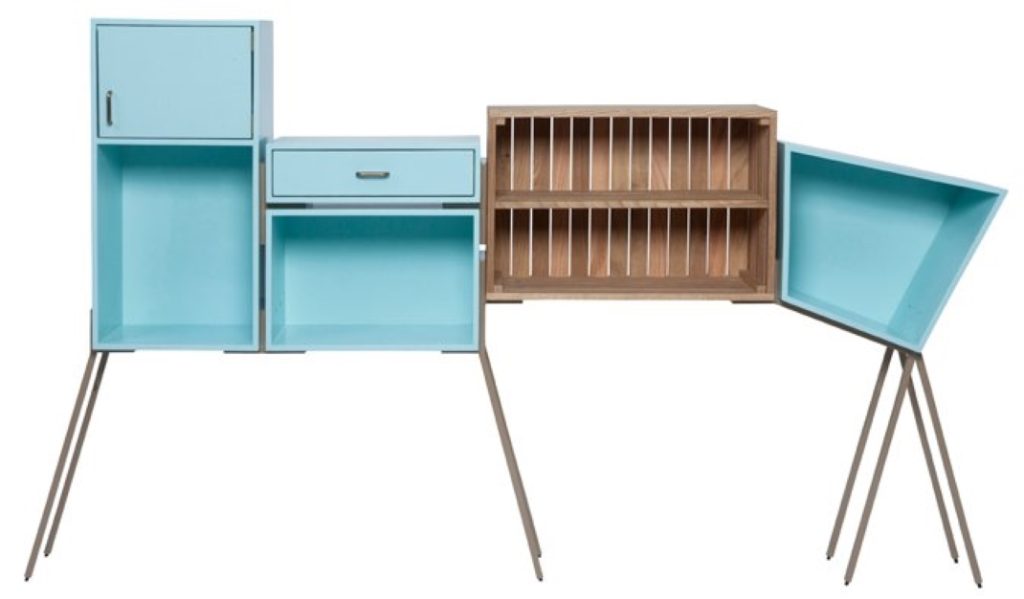
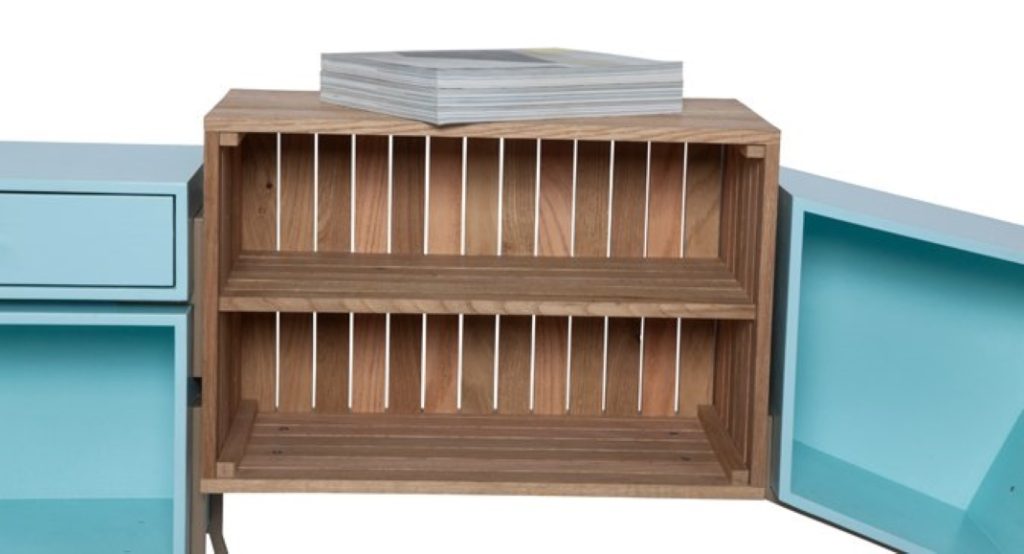
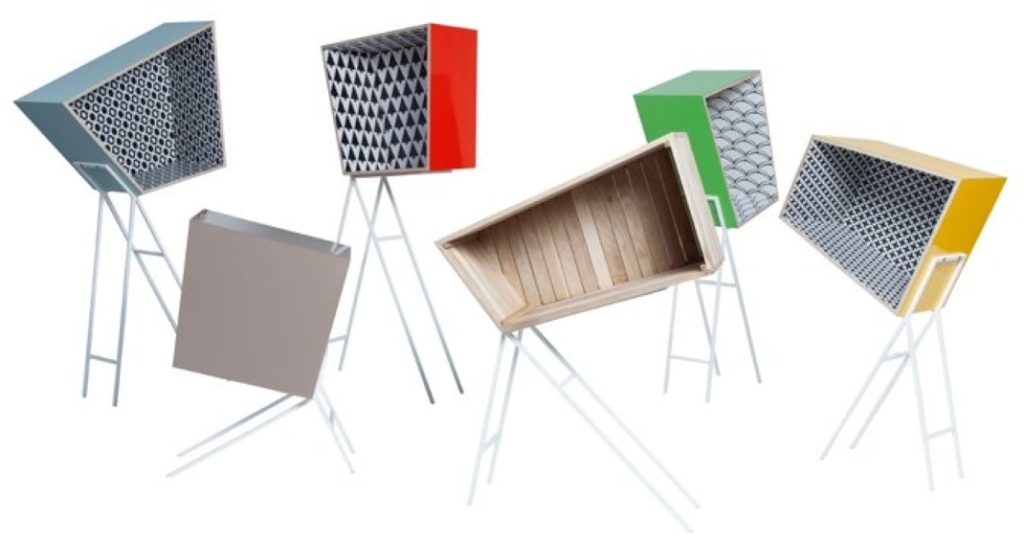
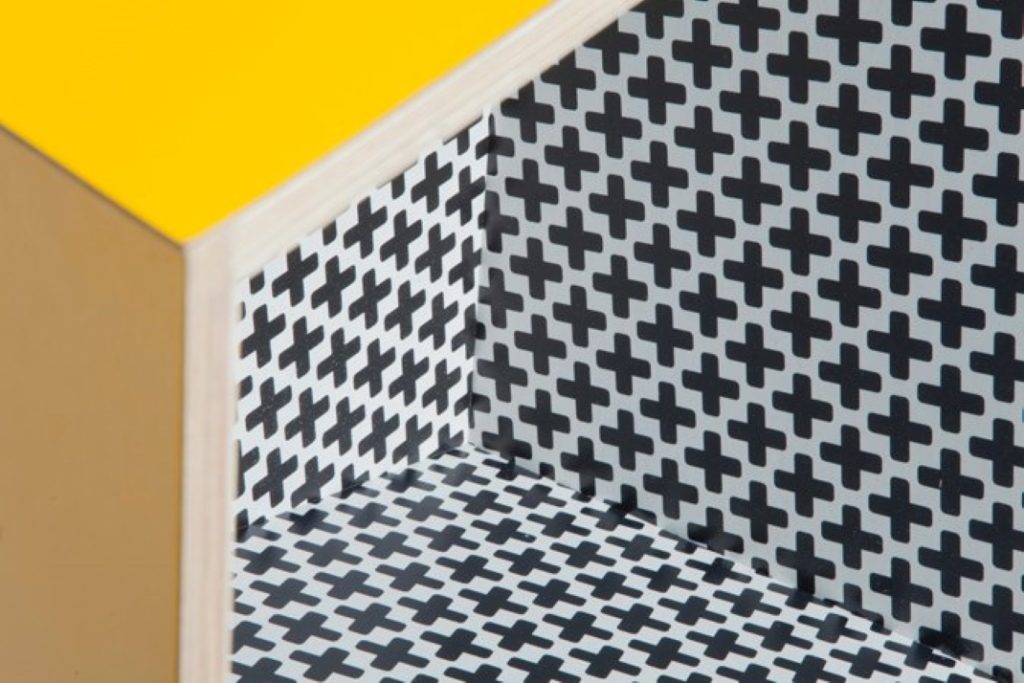
“When we were setting up the installation in the Museum, many of the decisions were made ‘on the move’, at the site itself”, says Ronen. “So we’ve decided to come a few times during the coming year and rearrange the installation”. The metal snaps enable constant movement of the suspended lamps. When they set up the installation for Fresh Paint, the studio members initially thought they would give a select few the honor of moving some of the lamps along the wall. But it transpired that the Israeli public is “highly participative”, and the wall quickly became interactive. As soon as one person stopped and began moving one of the lamps, others gathered round. People lingered, took part, and looked. “That’s the objective”, says Ronen. “I always say that if you can make someone linger for a moment to take another look it’s a great success”.
